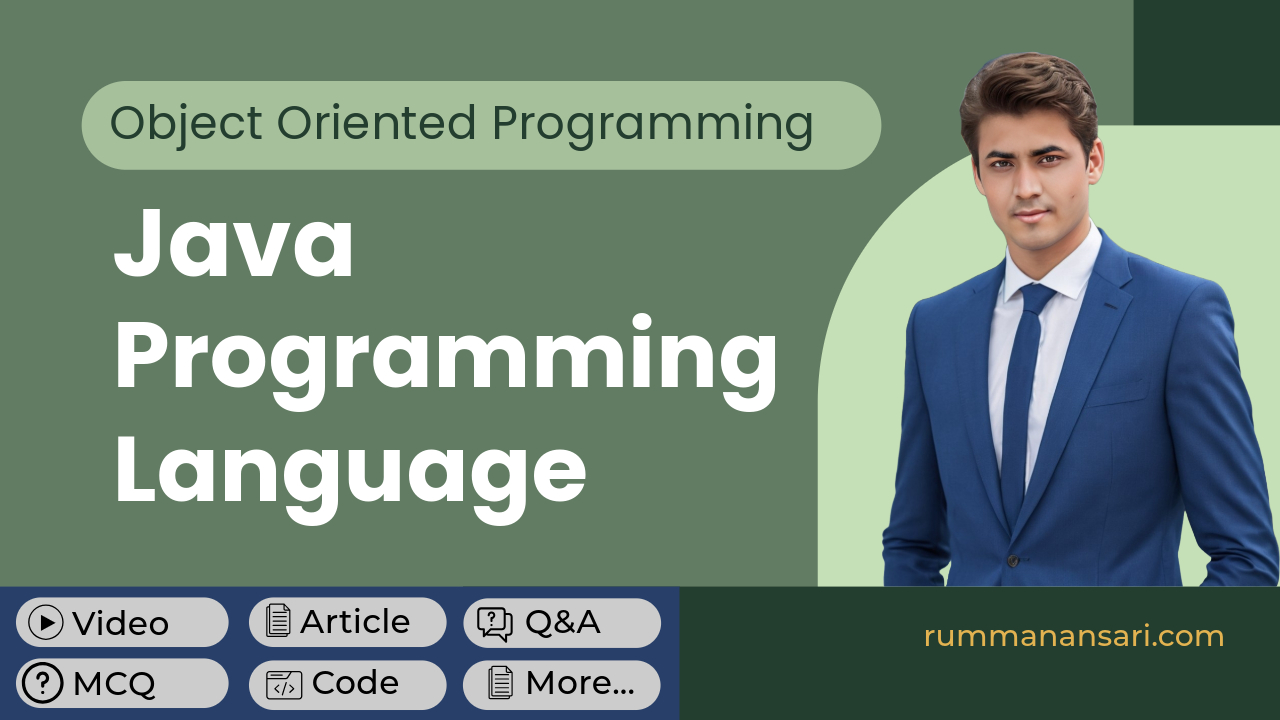It is generally not recommended to use a for-each loop in scenarios where you need to modify the elements in the collection being iterated over. This limitation arises because the for-each loop operates on a copy of the elements, and any changes made to the loop variable do not affect the original elements. For example, if you try to update elements of an array or collection using the loop variable, the original data structure remains unchanged. If modification is necessary, developers should use a traditional for loop, which provides direct access to the indices of the elements, allowing for safe and straightforward updates. An example of this would be iterating through an array of integers to double their values: using a for-each loop would not achieve the intended effect, whereas a traditional for loop would enable the necessary modifications. Thus, while the for-each loop is convenient for read-only operations, it is crucial to select the appropriate looping structure based on the requirements of the task at hand, ensuring that developers can efficiently manipulate data when needed.
 Loop Introduction in Java Language
Loop Introduction in Java Language  Enhanced For Loop (For-Each Loop) in Java
Enhanced For Loop (For-Each Loop) in Java